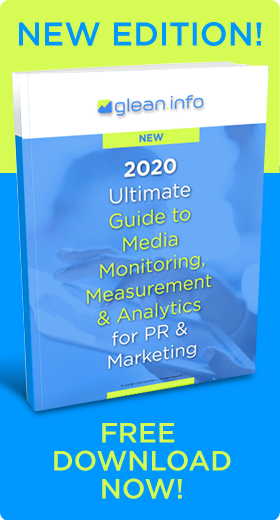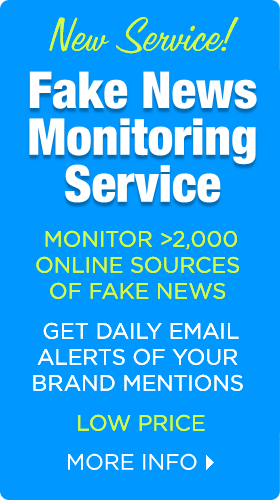
Photo credit: Jam Project
Marketers should take note of Instagram’s astounding growth spurt. Launched just four years ago, the mobile photo-sharing, video-sharing and social networking app has achieved notoriety as the fastest growing social media network, accumulating 300 million users. That’s about 20 million more than Twitter.
As the new kid on the block, Instagram (now owned by Facebook) is still small compared to industry giants, writes Entrepreneur contributor Constance Aguilar. Instagram delivers only about a tenth of Facebook’s reach. Yet, the newcomer is growing 8x faster than Facebook and packs a powerful punch. Its users spend an average of 257 minutes a month interacting with content. It generates higher average orders than other sites, including Facebook, Twitter and Pinterest.
Instragram’s focus on photos (pun intended) is a boon for businesses with products marketed with photographs.
Posting photos on Instagram shows companies in a tangible, credible way with real people, according to a SmartBlogs article.
And there are no copyright issues. According to Wikipedia, Instagram doesn’t claim any ownership rights of the images, photographs, video, sounds, musical works, works of authorship, applications, or any other content that users post on Instagram.
Instagram users are evenly divided between iPhone and Android users. Sixty-eight percent of Instagram users are female and 32 percent male. Most individual users lean heavily to displaying their “selfies” and photos of their activities.
Possible Instagram Strategies
Aguilar suggests several possible marketing strategies on Instagram.
Brands can employ social media campaigns through software such as Offerpop, a marketing tool that allows cross-channel promotion. Possible promotions include hashtag campaigns, voting contest, and other types of social media engagement.
If budgets permit, Instagram’s sponsored shots ensure that your brand’s snapshot of the day will get the views it craves.
Companies should capitalize on Instagram’s strength by showing their human side, personality, humor and innovation. Marketers can, of course, post crafted shots with highly manicured messages, but another winning — and free — strategy is to repost photos from fans showing the company’s products.
Monitor hashtags that mention your brand, and then repost mentions of your brand. Be sure to tag the featured users so they can “see their name in lights,” thereby encouraging them to mention the brand again.
It’s Cosmetic
Instagram is ideally suited for cosmetics and fashion. Even though fashion company Dior had more than twice as many followers on Twitter than Instagram, it received 28,000 Instagram likes for a recent video and 80 retweets and 128 favorites on Twitter.
Luxury brands can benefit without cheapening their image or sustaining the costs of advertising space. Dior, for instance, emphasized quality and lifestyle impact of its products rather than deals and discounts, Aguilar noted, pointing to the brand’s recent video in particular.
Burberry on Instagram gives followers behind-the-scene glimpses at fashion shows and photo shoots, gathering over two million followers and hundreds of comments for each post.
The retailer Target uses seasonal images to feature products.
Travel photos are favorites on Instagram. National Geographic naturally features its spectacular photography to attract viewers and convert them to subscribers and customers. The San Diego Zoo successfully blends user-generated and internally developed content. The zoo’s social media staff combines entertainment and information, sharing photographs and videos as well as a brief story on at least one animal each day. The zoo also runs contests that encourage visitors to post pictures of the zoo.
Instagram success isn’t limited to fashion and travel. Other corporate converts to Instagram include Mercedes, Taco Bell and Chobani.
Influencer Campaigns
Becoming aware of Instagram’s benefits, luxury brands are employing influencer campaigns. For instance, Rent the Runway contacted fashion bloggers on Instagram to drive traffic to the company’s site.
Instagram is the social network of choice for Haley Buckner. The makeup artist for celebrities, magazines and retailers has developed a dedicated following of 79,000.
Econsultancy cites some insightful statistics.
Overall there have been 30 billion photos shared through the app.
Users post 70 million photos and hit the ‘like’ button 2.5 billion times on an average day.
The average user spends 21 minutes per day using the app. That’s a lot for an app that just shows images.
In the second quarter of 2014, 20 percent of internet users aged 16 to 64 had an Instagram account, up from 15 percent from the second quarter of 2013.
The app is more popular among younger people, with usage at 41 percent among those 16 to 24 and at 35 percent among those 24 to 34.
Even in an early stage, advertising on Instagram is proving to be effective. The first Instagram ad from Michael Kors received four times the usual number of likes compared to non-promoted posts. It also reached a global audience of 6.15 million and the company received 33,000 new followers, 16 times more than usual.
Bottom Line: Enjoying robust growth, Instagram is a new social media powerhouse that can be especially effective for brands where photography is the primary vehicle to tell the brand story.
William J. Comcowich founded and served as CEO of CyberAlert LLC, the predecessor of Glean.info. He is currently serving as Interim CEO and member of the Board of Directors. Glean.info provides customized media monitoring, media measurement and analytics solutions across all types of traditional and social media.





Trackbacks/Pingbacks